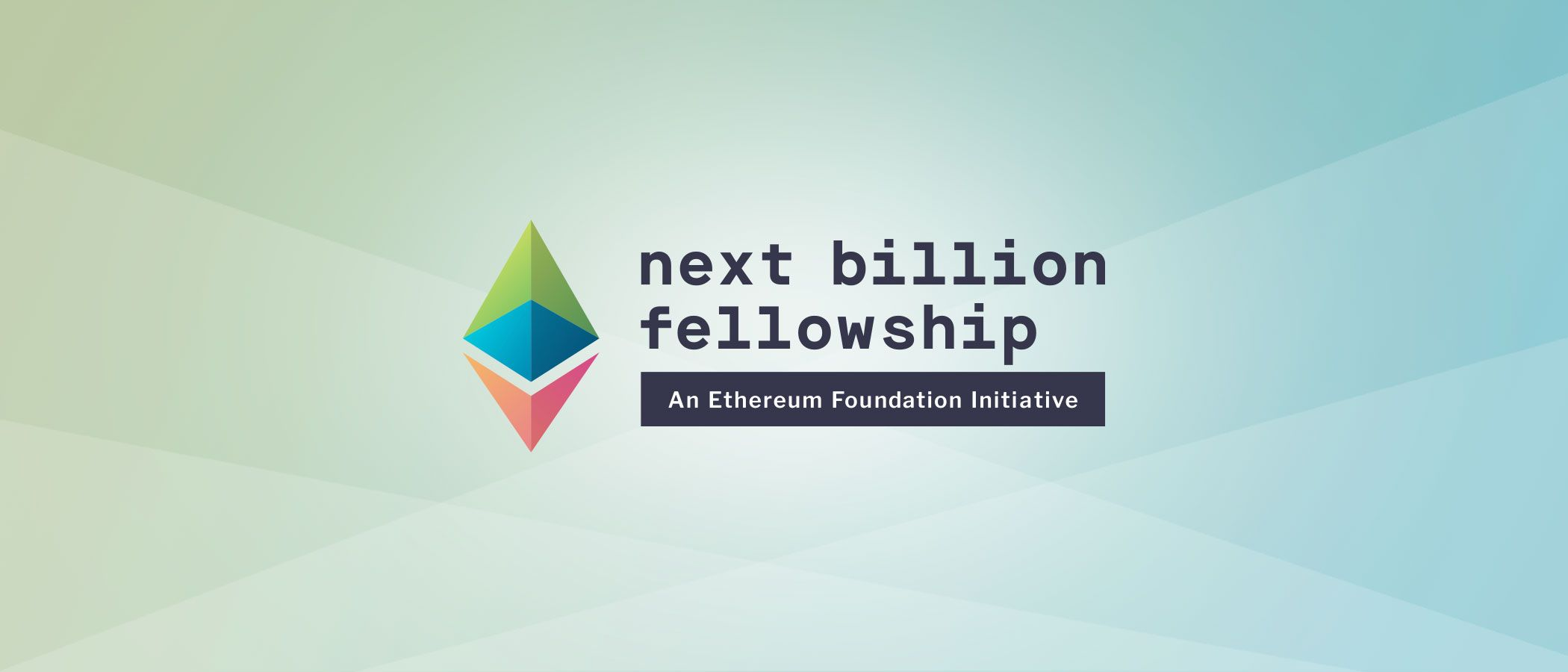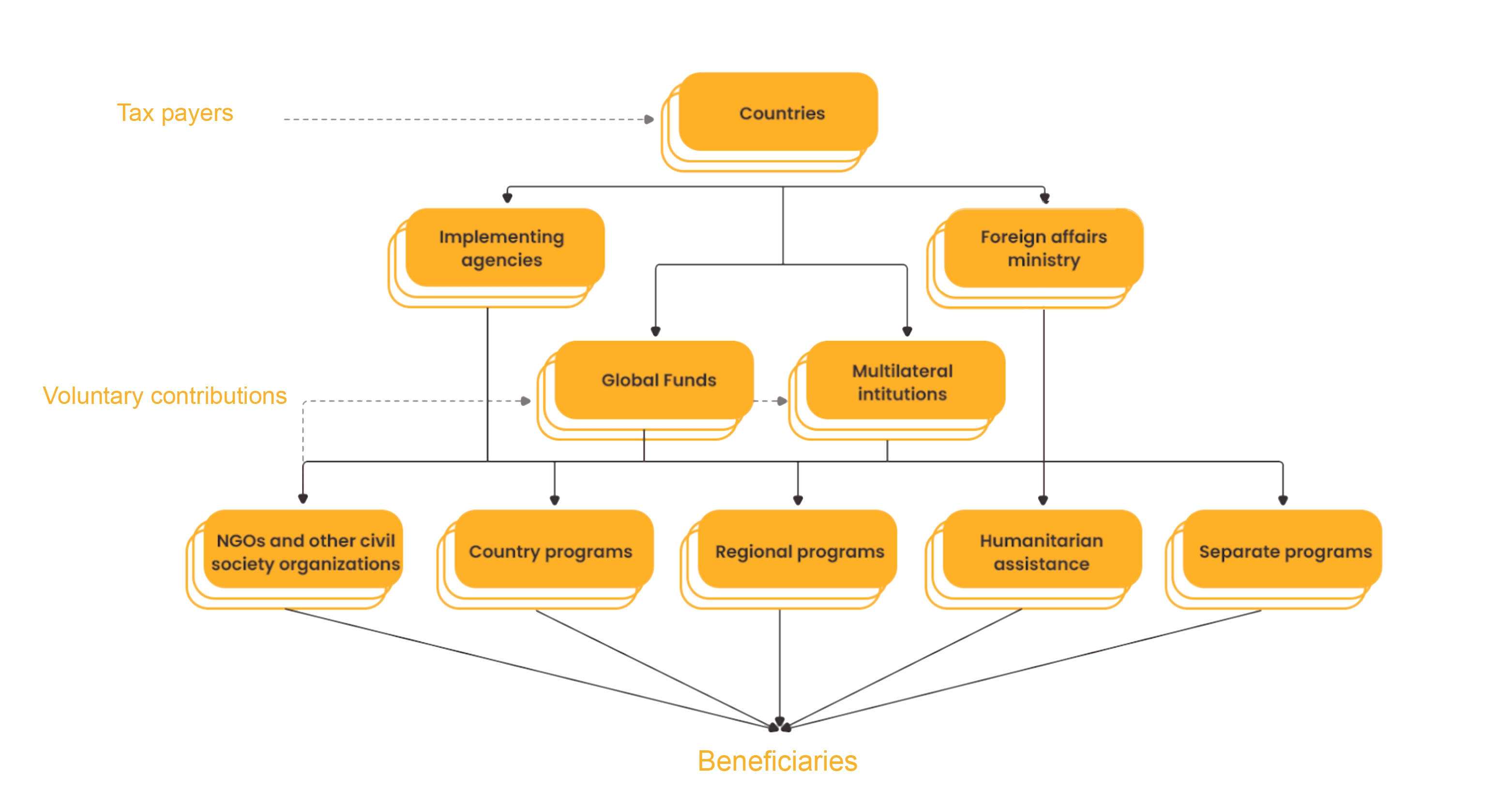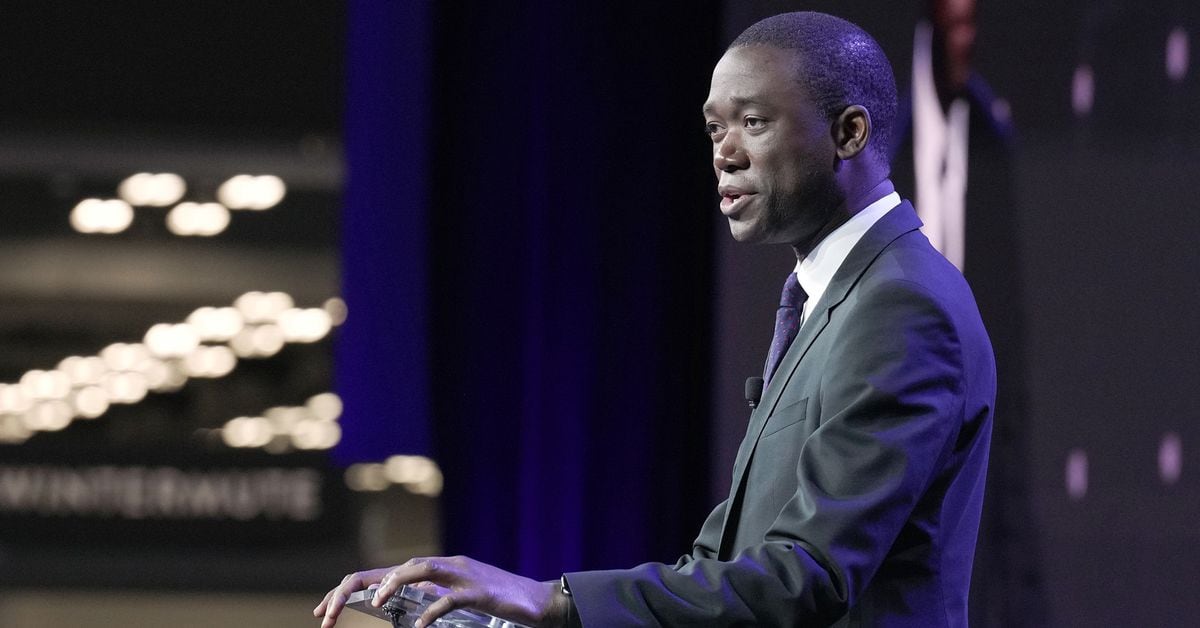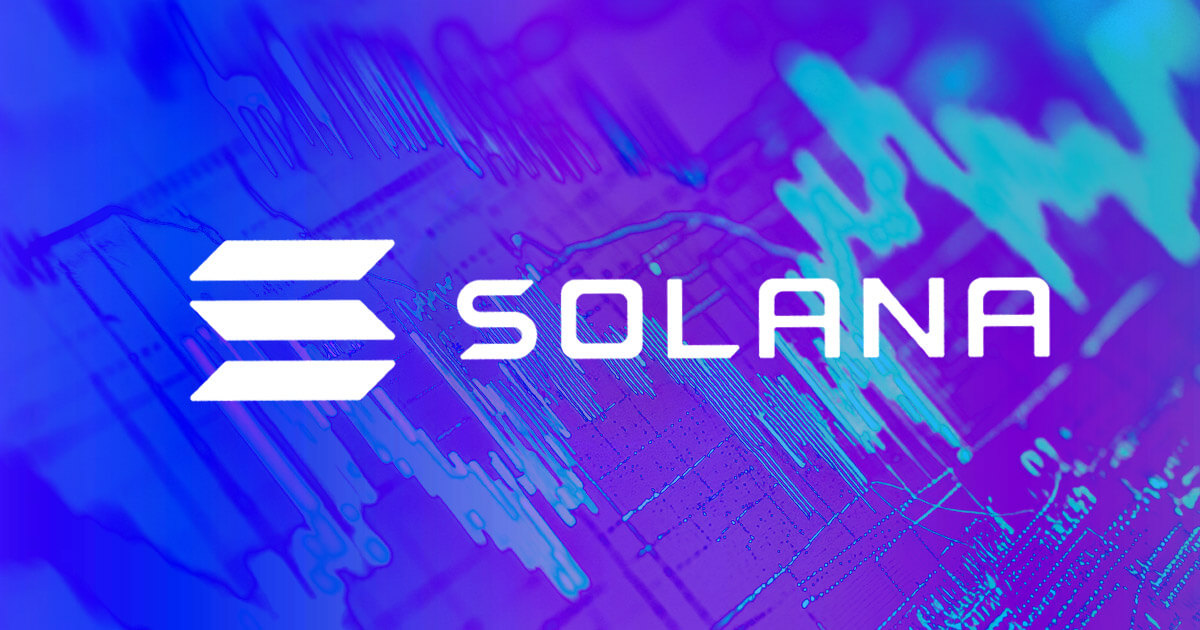Beyond Borders – Unlocking the potential of blockchain in times of crisis

Crisis is a cruel teacher. It can unite us in our shared vulnerability, but paradoxically it can also alienate us from our shared humanity. In times of great crisis, the institutions and structures of society that are supposed to protect and support us can become distorted, corrupted, and powerless. Sometimes the very things that make us human can play a role in our collective dehumanization.
My political activism in Syria gave me the basis for rejecting the most basic form of identity. I was detained and tortured as a means of political repression. My academic activities were forced to a halt, and any trace of my existence disappeared. And I, along with millions of others like me, had to escape that reality. Smuggling across borders to seek refuge in other countries – had to start from scratch. I had to submit a new ID to the office, apply for access to my bank account, residence and all the other documents required. We possess it in order to be recognized as human beings in modern society.
Crisis as a catalyst for unprecedented change
Working in the international aid and development sector for over a decade, I have wrestled with some troubling questions: Are our traditional systems really ready to respond to a large-scale humanitarian crisis? Are the powerful and wealthy institutions working to protect the world’s most vulnerable humans really doing all they can? Can we do better? how?
Through my fellowship at the Ethereum Foundation, I have seen first-hand through research that public blockchain protocols like Ethereum are more than just innovations. – For people in humanitarian crisis, where there is conflict and crisis, from Syria to Myanmar, Lebanon and beyond. At a time when trust in basic technologies is eroding, and authoritarian regimes and centralized power structures are shaking our collective trust in institutions, emerging technologies can be a lifeline in a time of unimaginable human suffering, affecting borders and institutions. Get a glimpse into a future model for agnostic crisis response. inertia.
When every detour costs lives and trust.
Imagine the enormous wealth of US$31.3 billion. This is the total amount of international humanitarian assistance allocated for 2021. Of that enormous amount, Only 1.2% of the support goes to local NGOs in the form of direct support.. The rest goes through chains of subcontractors, global funds and multilateral institutions that spend huge sums on operating costs. To secure food or medical supplies for those in need, millions of dollars end up being allocated to items such as clean white Toyota Land Cruisers, business-class trips to Geneva, and expensive office space in the nearest stable city center. Millions have suffered losses due to corruption, waste and mismanagement. This imbalance exposes a harsh reality. Resources intended to serve as a lifeline for those suffering are often dwarfed by the same structures created to help them.

Graph 1: General framework of foreign aid
As someone who has spent years managing the funding of millions of donors to Syria, I believe this development framework is not just a flawed system, but a betrayal of trust and a waste of resources on a colossal scale. A system that turns every dollar into a trickle until it reaches those in desperate need.
The reality of international aid, especially for organizations working directly with people in crisis, is well known. Unfortunately, these organizations often find no alternative. My research for the Next Billion Fellowship aimed to uncover the attitudes and beliefs about blockchain technology among CSOs and NGOs working in Syria and Iraq, and to determine whether the imagined technology could open up new channels of support. These are organizations that work in extreme situations. Surrounded by death, neglect, and a hostile dictatorship. They work within a dispersed network of grassroots volunteers, organizing to get the job done despite airstrikes, sanctions and all kinds of existential risk. You might think that it would be a natural fit for humanitarian organizations to embrace decentralized technologies.
My research revealed a more complex picture. In early 2022, only 61% of the 94 CSOs and NGOs I interviewed saw blockchain as a promising alternative to traditional outreach. Among the organizations that responded positively, only four were actively using it for their operations and work. Their skepticism was deep. I remember a conversation with a representative of a prominent NGO who feared that creating a MetaMask wallet would de-platform the existing donation pipeline of PayPal or GoFundMe. He was concerned that experimenting with cryptocurrencies for donations would raise red flags with larger institutions with which NGOs must maintain good relationships. I saw his fear as more than healthy caution. This is a form of unintentional paralysis that prevents meaningful, transformative change to the status quo. In a world where every penny counts, hesitation comes at a cost.
Crisis: The Unforgiving Classroom:
The magnitude 7.8 earthquake on February 6, 2023 taught us a cruel lesson about the differences in disaster response in Syria and Turkiye. In Syria, more than 4.5 million people already scarred by displacement and conflict face a new catastrophe. With buildings collapsing and over 8,476 lives lost, assistance was urgent and immediate.
The Turkish NGO responded quickly, leveraging its existing blockchain-based donation pipeline to raise more than $11 million in just 48 hours. Innovative use of cryptocurrencies, NFT sales, and platforms such as Endaoment and The Giving Block have not only demonstrated digital literacy, but also highlighted the vast gap in resources and technology between the two countries. Turkish government initiatives and campaigns such as “Turkey – One Heart” have achieved remarkable results, further demonstrating effective mobilization. 115.1 billion Turkish Lira (equivalent to $6.22 billion per night).
By contrast, Syrian organizations have suffered from fragmented compliance and legal infrastructure and limited access to global fundraising platforms. Team Molham, a major Syrian NGO, raised just $1.12 million in one week. This gap is not just a matter of technology, but has been exacerbated by international sanctions that impede access to resources and humanitarian assistance, deepening the crisis for vulnerable groups. However, as emphasized in Expert discussion, the main obstacles to effective aid delivery to Syria have been these sanctions, as well as the actions of the Syrian regime. Practices such as siphoning off aid for black market sales and mismanaging resources have exacerbated the challenges facing humanitarian efforts and added complexity to an already dire situation.
However, in the aftermath of the earthquake, noticeable changes began to occur on the other side. Banners displayed prominently in Hawala offices advertised the acceptance of cryptocurrency transfers, signaling a significant shift toward digital currencies. NGOs in this field are starting to approach digital currencies with more urgency and pragmatic curiosity. Some have begun accepting individual donations into their own wallets, trying to gain more clarity and certainty from international donors. Expatriate Syrian organizations such as the Karam Foundation, which operates under a clearer regulatory framework in other countries, have been able to utilize platforms such as “The Giving Block” for safe donations.
Graph 2: Advertisement from a local Syrian money transfer office stating that it accepts and facilitates cryptocurrency transactions – Source: Syrian NGO in Aleppo, northern Syria
I believe this scenario marks the beginning of a transition from tentative exploration to thoughtful and active blockchain integration for disaster relief.
Furatona’s representative for Eastern Syria Development shared this view of cautious optimism with me, saying that the successful use of cryptocurrency donations in Ukraine for humanitarian aid response has lessened concerns about its use in Syria. “We are telling our donors that it is not ready to be used yet. “We need that,” he said.
From skepticism to adoption: The tide of transition
In a pre-crisis survey, only 51 out of 94 organizations considered blockchain a viable alternative to entrenched systems. Since the crisis, 87 of the same NGOs have responded positively, with many already starting to integrate the technology into their work and operations. In a situation where choice and time were taken away, people in the field did not just adapt. They have transformed. People who were once skeptical are now embracing digital currencies as a solution for sending money and donating.
The earthquake marked a real turning point for relief efforts in Syria. Syrian opposition organizations began to take their cue from the progressive stance of Turkish institutions and benefited from Turkey’s legal clarity and reduced skepticism. Small organizations in Syria have begun publicly soliciting cryptocurrency donations through their social media accounts.
We’re not just talking about a few early adopters here. Even the large mainstream NGOs I interviewed took legal advice to explore blockchain-based funding channels. The compliance and regulatory maze presents its own obstacles, with the need for training and system improvements evident, but the fear that once paralyzed them is now all but gone.
The impact of reviving humanity
What this story tells us is that the theoretical debate about new aid channels is over. We are now in a practical, tangible and desperately urgent area. P2P support isn’t just about raising money. It’s about redesigning trust in a world damaged by crisis. We can bridge the distance between giver and receiver and foster intimacy even across continents. In this new paradigm, aid becomes a personal gesture rather than a faceless transaction, transforming the dynamic of giver and receiver into one of solidarity.
At a time when borders and bureaucracy become walls that obscure our shared humanity, public protocols stand as vital arteries that enable not only the flow of funds but the pulse of human connection. It’s more than a tool. It is the lifeline of a divided world. As global crises expose the vulnerabilities of traditional systems – systems that are shaken and fractured by force – blockchain can provide a more resilient alternative that treats all participants fairly, regardless of social and political context.
Karam Alhamad is a second-year MPP student at Yale University’s Jackson School for Global Affairs and has 12 years of experience in international development, specializing in research and grants management with a focus on Middle East dynamics. His current work explores the potential of blockchain technology in humanitarian aid. His research report is scheduled to be published later this year.



